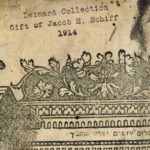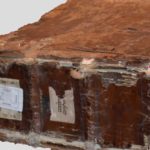The Machzor B’nei Romi was the first complete prayer book to appear in print thanks to Soncino’s publication in 1485. It was then republished in 1540 with commentary by Rabbi Yochanan Treves, and later in Venice without commentary.
The minhag B’nei Romi is still in use in most of the Italian kehillot, or congregations. This tradition began in Italy and became established in the city of Rome. From there, at the time of Charlemagne, Rabbi Kalonimos and his son, Rabbi Mosheh, moved North to Mainz, propagated the sources of the Torah in Ashkenaz and the machzor spread in the Northern lands.
The Machzor Ashkenazi is divided into three strands, two of which still exist and are known in the world: the Machzor of Germany, the Machzor of Bohemia and Poland. The third has not been printed and it is the French minhag which remained partly in use in the Piedmontese minhag Afam.
With these words Shemuel David Luzzatto begins his “Introduction (Mavo) to Machzor B’nei Romi”, probably the first complete description of the original rite of the Jews of Italy. This ritual had initially developed in the oldest Jewish communities in Southern Italy and Rome. In the 16th century, it spread north, where, following the expulsion from the Spanish and Papal domains, Judaism had formed important spiritual and cultural centers.
The minhag B’nei Romi is still predominant in Italy together with Ashkenazsy, Sephardi, North African and Mizrahi traditions. Since the early times, Italian communities, regardless of the impositions of the outside world, incorporated various rites in the lives of their synagogues and performed the tefillot, prayer services, according to the traditions of various groups. This “pluralism” survives today in Milan and Rome where, next to the Italian rite remains a vital Sephardic tradition, rare examples of Ashkenazy, as well as the most recently imported minhagim of Hews who immigrated to Italy from Arab countries.
Incomplete copy of the Siddur Minhag B’nei Romi dating from the late 15th century, which seems to contain unknown variations. 1489 (c. 44v) · membr., Membranous guards. cc. 46 · 240 × 178 mm (c. 44).
Writing and hands: Italian and Sephardic.
History: In colophon (fol. 44v) it reads: “ברכת אדונינו הדוכוס אירקולי מפירארא יר”ה ע”י אפ”י פה ארייו ערב יו”ה טר”ם נקרא וה ‘יענה.”
The scribe, Abraham ben Mordekay Farissol, is identified by his signature, AF”Y rather well known among co-religionists. Farissol, in fact, supported himself by copying manuscripts. See. S. Simonsohn, History of the Jews in the Duchy of Mantua, Kiryath Sefer, Jerusalem 1977 707.
Copyist: Farissol, Avraham ben Mordekay (1451-1525) (EJ, VI, 1184-1185).
Copy Place: Reggio Emilia. cc. 1r-46v
Title: Siddur ke-minhag Roma.
Remarks: incomplete at the beginning and at the end of the text.
Sources: Encyclopaedia Judaica, Keter, Jerusalem 1971-1972.
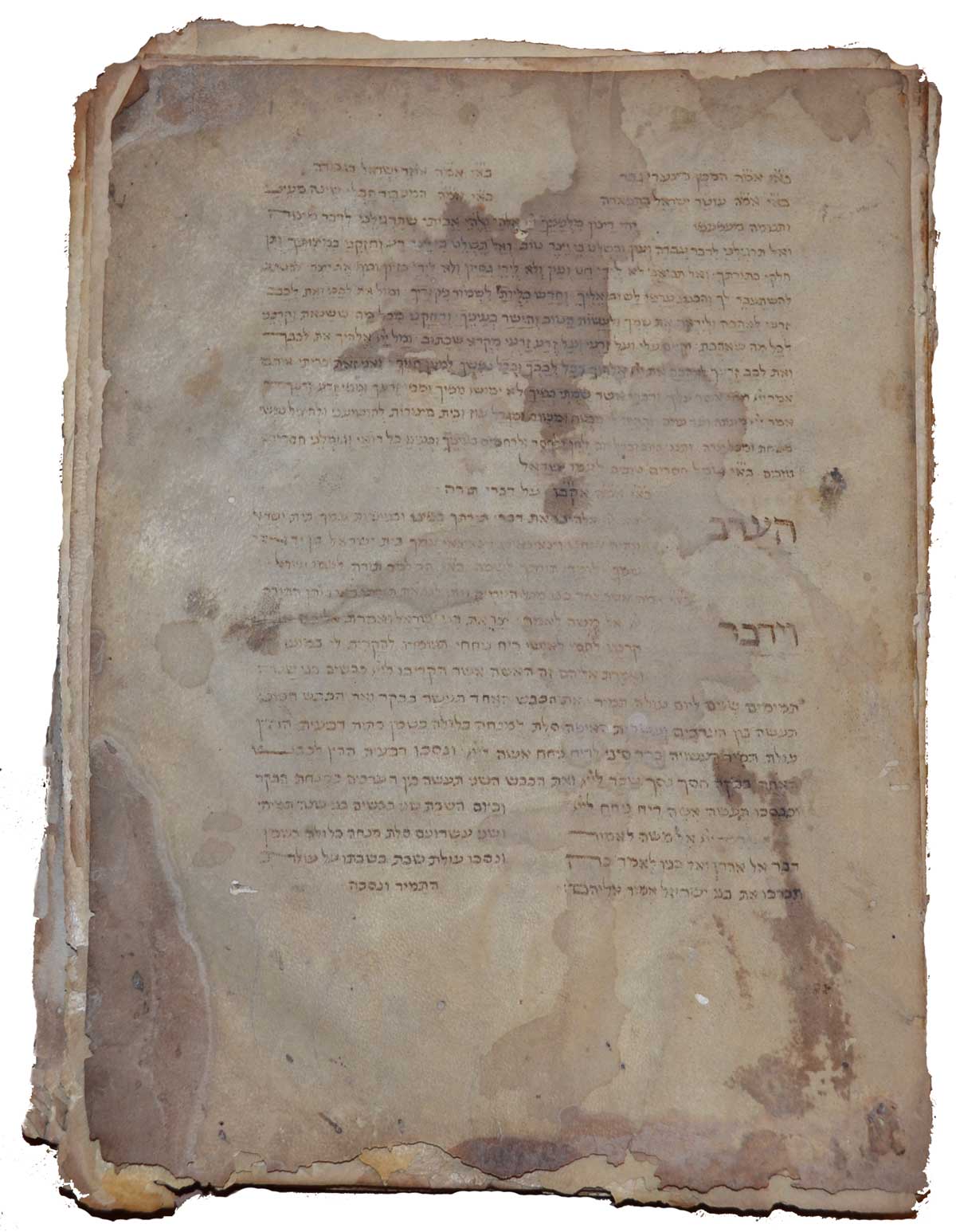
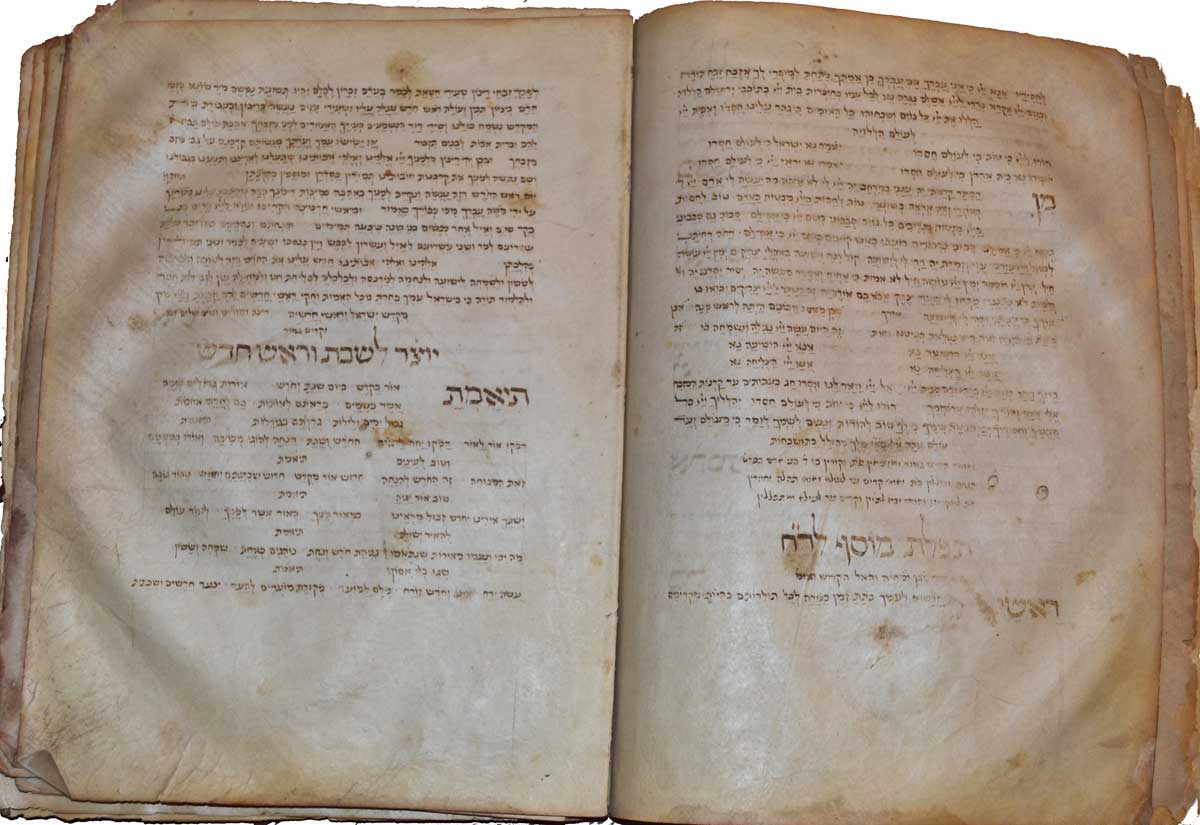
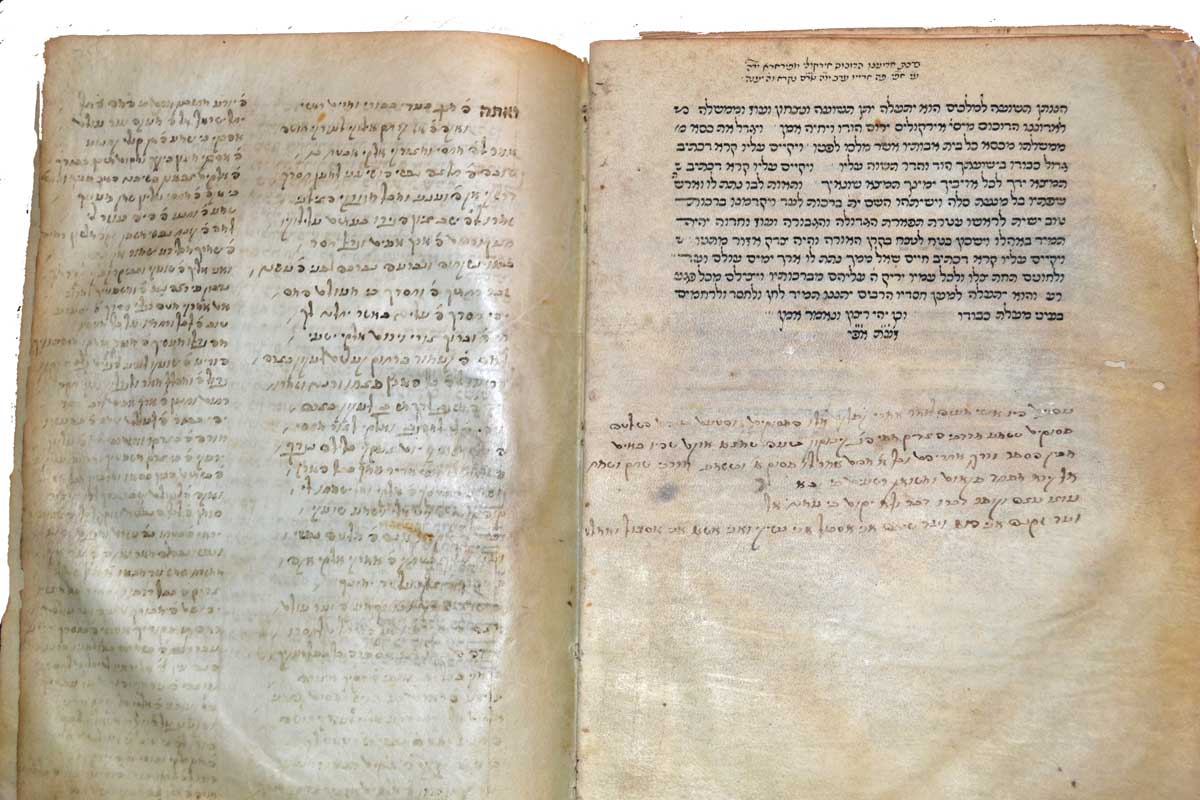
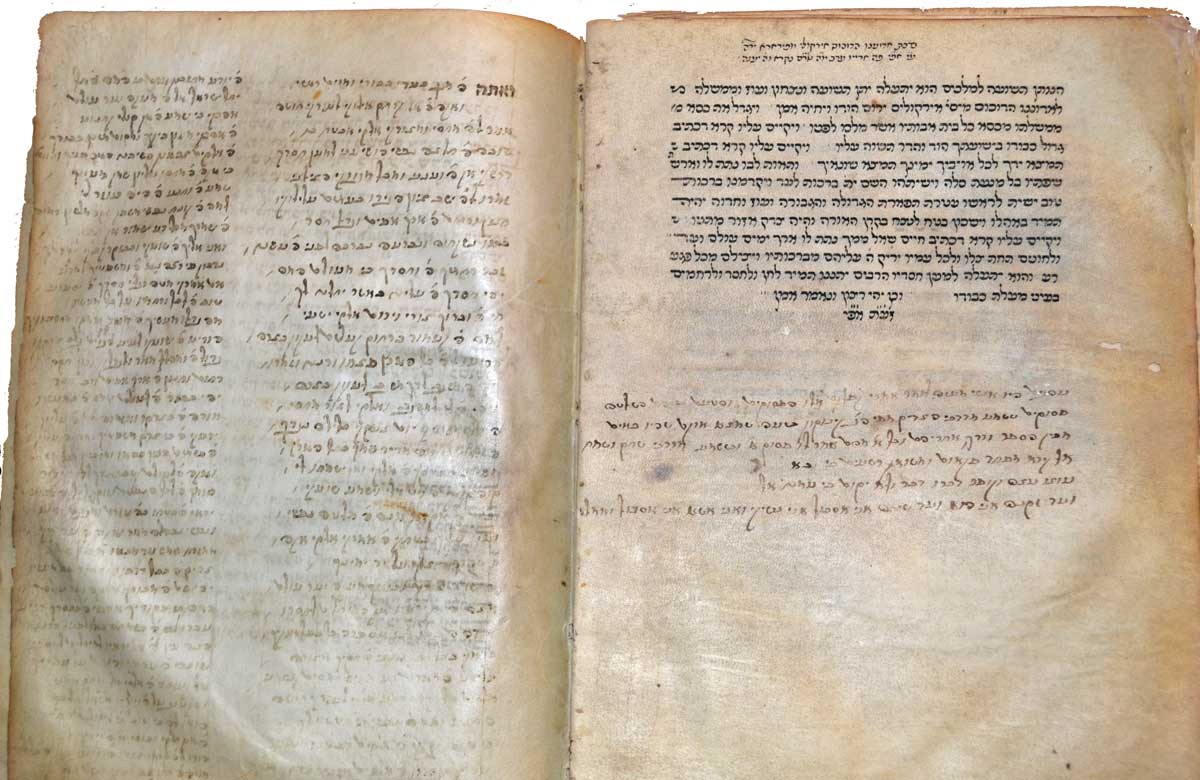
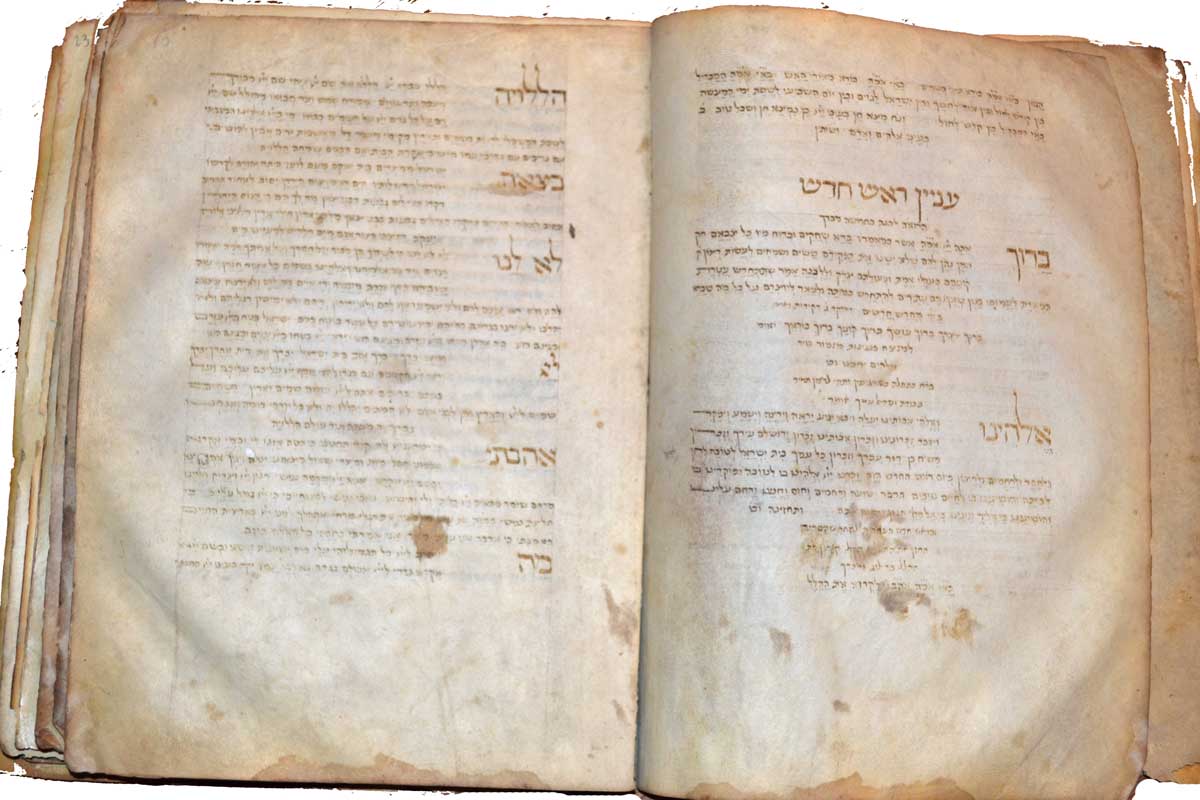
Siddur Beni Romi, manuscript, 15th century, Renato Maestro Library
References: Rav Alberto Mosheh Somekh, Aspetti peculiari del minhàg italiano, 2001; Doretta Davanzo Poli, Olga Melasecchi, Amedeo Spagnoletto, Antiche Mappòt Romane, 2016


